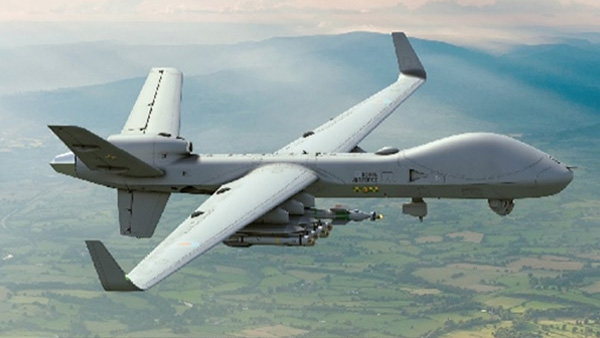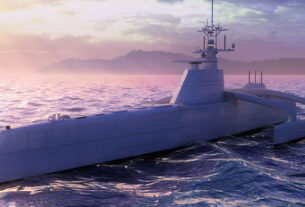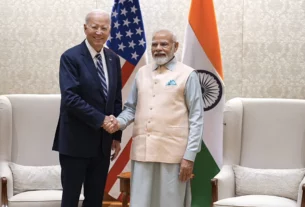From conducting elaborate counter-insurgency operations across borders to targeted strikes, Intelligence, Surveillance and Reconnaissance (ISR) Missions in the Indian Ocean Region (IOR), the Indian military is donning various hats to counter the diverse range of threats faced by the country in the 21st-century geopolitical environment. Planning, preparing and neutralising such threats requires a proactive approach towards adopting new military technology, the tactical knowledge to use such technology and the political ability to manage the security implications of such actions
Drones or Unmanned Aerial Vehicles (UAVs) are one such cutting-edge tools of warfare that have established themselves as an essential part of surveillance and punitive operations.
Three major technological developments contributed to changing the world’s perception of drones by the early 2000s: a) Enhanced endurance of modern drones, b) Replacing the use of radio signals with satellite networks, and c) Arming drones to step up their abilities from ISR to actually striking targets. From Predator to MQ 9 Reaper, drones became the United States’ tools to deal with problems abroad.
The critical role that drones can play on the battlefield is much to see everywhere. However, that poses greater challenges for countering attack drones, especially against one-way drones.
One-way attack drones are defined as unmanned aircraft systems that are preprogrammed to fly. Once programmed to a certain task, this type of drone cannot be controlled by an operator once launched.
The main task of C-UAVs from the military perspective is the deployment across the vast stretch where the conventional air defence mechanism would be difficult. The C-UAV could be the most effective kill–soft kill option.
The Indian armed forces have signed contracts for procuring C-UAV systems. The Indian Air Force (IAF) has concluded a deal with private players for anti-drone platforms. The Indian navy has also inked a contract with Bharat Electronics Limited (BEL) for an indigenous Naval Anti Drone System (NADS).
Counter Drone Systems can detect, track and identify airborne drones using multiple sensors for the intended operation (soft kill) and/ or destroy them (hard kill).
While the detection and identification can be done using radars and electro-optic sensors and COMINT the hard kill takes place with the help of Laser Directed Energy Weapon (DEW).
The war in Ukraine has already demonstrated ample relevance and effectiveness of attack drones.
Among the advanced militaries, the US is testing new ways to counter UAVs due to the growing threat of one-way attack drones and the experience of the war in Ukraine.
US-based defence entity, Lockheed Martin is developing a key Counter-Unmanned Aerial System capability –Mobile Radio Frequency-Integrated UAS Suppressor (MORFIUS).
Basically, MORFIUS is a reusable, multi-engagement, loitering, tube-launched interceptor equipped with an onboard seeker and a compact, high-power microwave effector to execute non-kinetic defeat of drones – including complex swarms
Lockheed showed one high-power microwave system High Power Microwave (HPM) system which is a tube-launched. During the the demonstration, it proved its capability.
Besides Lockheed, similar C-UAVs are under development—the Lightweight Multi-role Missile (LMM) by Thales and the Advanced Precision Kill Weapon System (APKWS) by BAE Systems.
In a separate arrangement, India will negotiate a competitive deal with the US for 31 MQ-9B remotely piloted aircraft systems (RPAS) to boost the Indian military’s strength, it will involve transfer of critical technologies, help bridge the technological gaps faced by the Defence Research and Development Organisation (DRDO) in developing such systems indigenously, and the number of drones to be bought is based on the operational requirements of the armed forces.
US firm General Atomics has offered the 31 drones to India for $3.07 billion. This, however, is subject to negotiations. The estimated cost of the drones includes weapons, sensors, ground control stations, ground data terminals, ground handling equipment, spares and logistics support.




